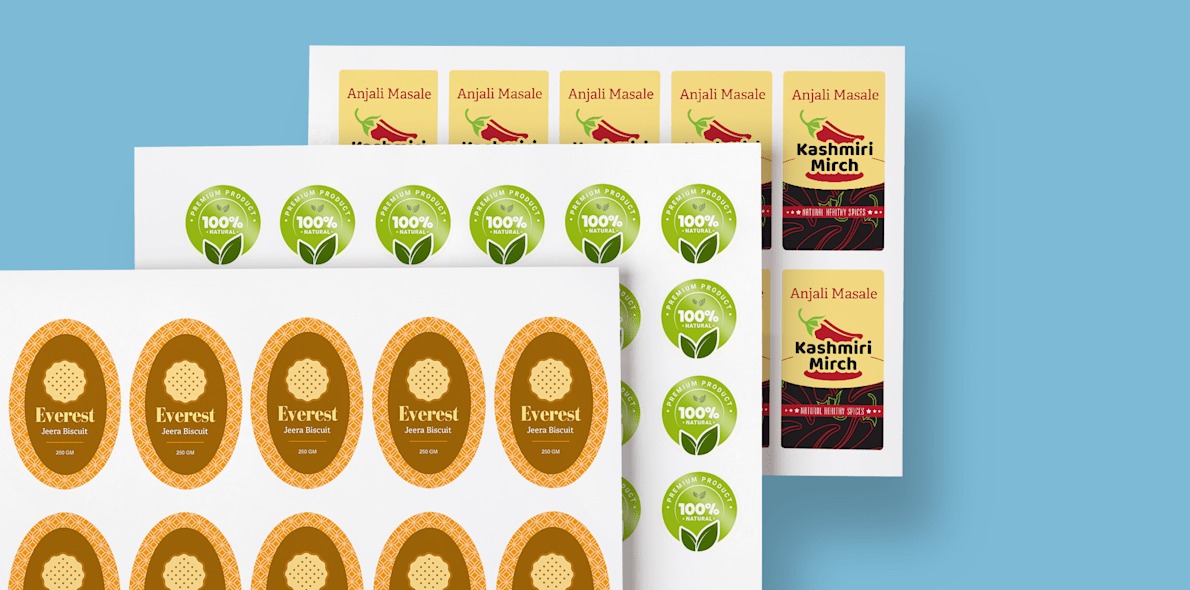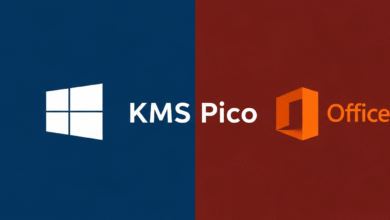Stickers for Every Need: From Product Labels to Promotional Giveaways

Introduction to the Versatile World of Stickers
Stickers have emerged as an indispensable tool across various industries, offering creative solutions for branding, marketing, and personal expression. From product labels that provide essential information to eye-catching promotional giveaways, stickers serve multiple purposes that enhance consumer interaction and brand visibility. This exploration into the diverse applications of stickers reveals their capacity to engage audiences in ways that are both functional and innovative.
The Historical Evolution of Stickers
The concept of stickers dates back centuries, with primitive forms used in ancient Egypt where merchants applied papyrus labels to goods. The modern adhesive sticker, however, came into prominence in the 1930s with R. Stanton Avery’s invention of the first self-adhesive label. This breakthrough revolutionised how businesses could label products and communicate brand identity.
Types of Stickers and Their Uses
Product Labels
Product labels are perhaps the most ubiquitous form of stickers found in retail environments. These labels not only convey vital information such as ingredients, usage instructions, and safety warnings but also play a pivotal role in branding by showcasing logos and brand colours.
Promotional Stickers
As marketing tools, promotional stickers are invaluable for businesses looking to increase brand awareness and customer engagement. They can be distributed at events, included in mailings, or given away with purchases to create a lasting impression.
Decorative Stickers
Decorative stickers cater to personal expression and creativity, often used by individuals to personalise items such as laptops, notebooks, and phone cases. These stickers range from artistic designs to pop culture icons, allowing users to showcase their interests and style.
Informational Stickers
Informational stickers provide guidance or instructions and are frequently used in industrial settings or public spaces. Examples include safety warnings on machinery or directional signs in large facilities.
Designing the Perfect Sticker: Key Considerations
Creating an effective sticker requires attention to design elements such as shape, size, colour, typography, and imagery. Here are some considerations:
– Shape and Size: Choose shapes that complement your message (e.g., round for fun designs, rectangular for informative labels).
– Colour: Use contrasting colours for readability and brand alignment.
– Typography: Select fonts that are legible at various distances.
– Imagery: Incorporate relevant graphics or illustrations that reinforce your message.
Material Choices for Durable and Attractive Stickers
The choice of material significantly affects a sticker’s durability and appearance. Common materials include:
– Vinyl: Known for its durability and water resistance, ideal for outdoor use.
– Paper: Cost-effective for indoor applications.
– Polyester: Offers high resistance to heat and chemicals.
Selecting the right material ensures that stickers maintain their integrity over time while providing the desired aesthetic appeal.
The Role of Technology in Sticker Production
Advancements in technology have streamlined sticker production processes, making customisation more accessible than ever before. Digital printing allows for high-quality image reproduction with minimal setup time, while die-cutting machines enable intricate shapes beyond standard geometric forms.
HelloPrint is one such company leveraging these technologies to offer users customised sticker solutions tailored to their specific needs.
Case Studies: Successful Sticker Campaigns
Several brands have harnessed the power of stickers with remarkable success:
– Red Bull: Utilised custom car decals as part of their marketing strategy, turning vehicles into mobile advertisements that engaged onlookers.
– Apple: Includes logo stickers with its products, encouraging brand loyalty as consumers display them proudly on personal items.
These examples illustrate how strategic sticker use can enhance brand visibility and consumer connection.
Environmental Considerations in Sticker Production
With growing environmental awareness, many companies are adopting sustainable practices in sticker production. Options include:
– Eco-Friendly Materials: Using biodegradable or recyclable materials minimizes environmental impact.
– Soy-Based Inks: An alternative to petroleum-based inks that reduce volatile organic compound emissions.
Adopting eco-friendly practices not only benefits the environment but also aligns brands with consumer values increasingly focused on sustainability.
Tips for Effective Sticker Marketing Strategies
To maximise the impact of sticker campaigns:
- Target Audience Analysis: Understand who you’re reaching out to tailor designs accordingly.
- Strategic Distribution: Place stickers where they will achieve maximum visibility (e.g., events or popular urban areas).
- Call-to-Action (CTA): Include CTAs to drive engagement (e.g., visit a website or follow social media channels).
Implementing these strategies ensures that sticker campaigns resonate effectively with intended audiences.
The Future of Stickers in the Digital Era
As digital platforms continue evolving alongside traditional marketing methods like stickers remain relevant by bridging physical interaction with online experiences through QR codes or augmented reality features embedded within designs—creating interactive consumer engagements bridging offline-online worlds seamlessly.
Stickers indeed offer endless possibilities—from enhancing product packaging aesthetics providing crucial information facilitating engaging promotional activities—establishing themselves indispensable assets across industries seeking innovative ways connect audiences authentically creatively adapting technological advancements meet ever-changing demands marketplace today tomorrow alike!



